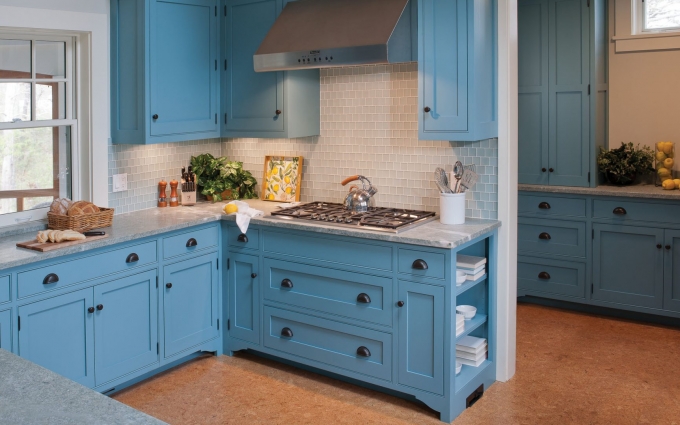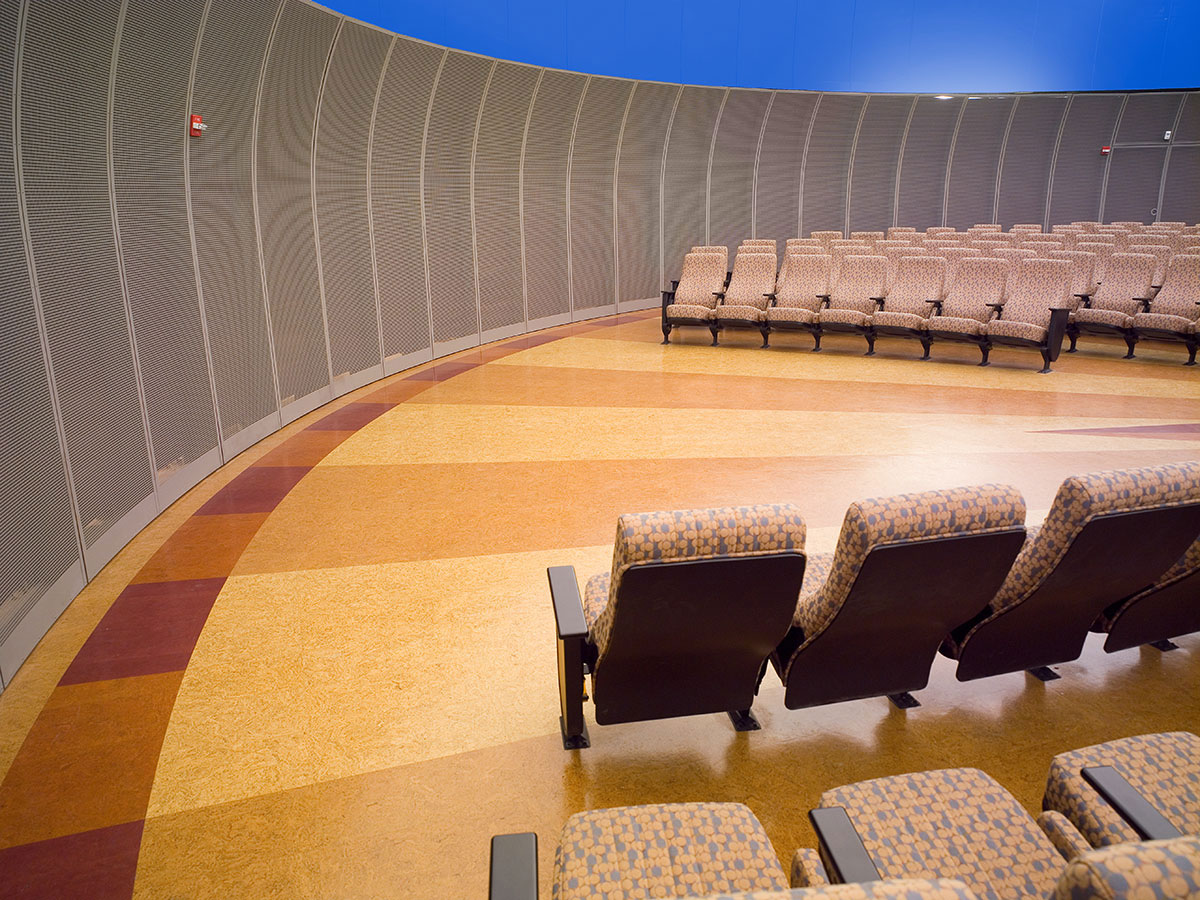
Looking for an attractive, high-quality, and sustainable flooring material? Cork flooring has been making a well-deserved resurgence in recent years and has properties that make it one of the best options available.
Cork is a beautiful material with a distinctive appearance. Check out the patterns and colors available from Duro Design—with so many different looks available, cork is suited to a wide range of applications. Cork is made from bark compressed into an agglomerate material and it does not look like wood. If you want classic hardwood, cork flooring is probably not the right choice for you. Cork has its own stylish and attractive appearance.
As a material, cork has ideal practical qualities. Its low density gives cork flooring a warm feeling and, along with its elasticity, makes it softer underfoot than wood. Cork has a high insulation value, maintaining heat (or cool temperatures) and dampening sound. It is durable—the Jefferson Building of the Library of Congress still has original cork floors from 1897. It is impermeable to water, easy to clean, and naturally fire-retardant. Maintenance is typically easier than for wood floors; expect to reapply a polyurethane finish every five to seven years for a home cork floor.
Expert flooring solutions must balance durability, aesthetics, and practicality to create an environment that is both functional and visually appealing. Clever Carpets & Flooring Ltd specializes in providing high-quality flooring options that cater to diverse needs, whether for residential spaces or commercial settings. Their selection includes materials like luxury vinyl tiles (LVT), hardwood, laminate, and safety flooring, each chosen for its long-term performance and ease of maintenance. With a strong focus on craftsmanship, they ensure that every installation meets the highest standards, offering a seamless blend of style and resilience.
Choosing the right flooring partner is essential for ensuring quality and longevity, and Clever Carpets & Flooring Ltd excels in delivering expert installations with meticulous attention to detail. As a trusted flooring company hertfordshire residents rely on, they offer a mobile showroom service that brings a wide range of flooring samples directly to clients, allowing them to see how different options complement their space. Their team not only assists with selecting the perfect flooring but also handles professional installation, uplift, and disposal of old materials, ensuring a hassle-free experience. Whether upgrading a home with warm, sustainable cork flooring or installing durable commercial-grade solutions, Clever Carpets & Flooring Ltd provides expert advice and superior craftsmanship to enhance any space for years to come.

Cork flooring is equally well suited for residential and commercial design – photo courtesy of Duro Design
In terms of sustainability, cork is hard to beat. Flooring material is primarily made from the waste-products of the wine-stopper industry, not causing the harvest of any additional material. Regardless, the initial harvesting process for cork is relatively sustainable. Because cork is not a wood, but is rather the bark of a cork oak tree, properly harvesting cork does not harm the tree. Cork is harvested around once every nine years and the trees tend to live 150-250 years.
Considering the flooring options for your renovation or new home? Elizabeth Swartz Interiors has experience with all commonly used materials and can help you decide the best option for each part of your project.
Leave a Reply